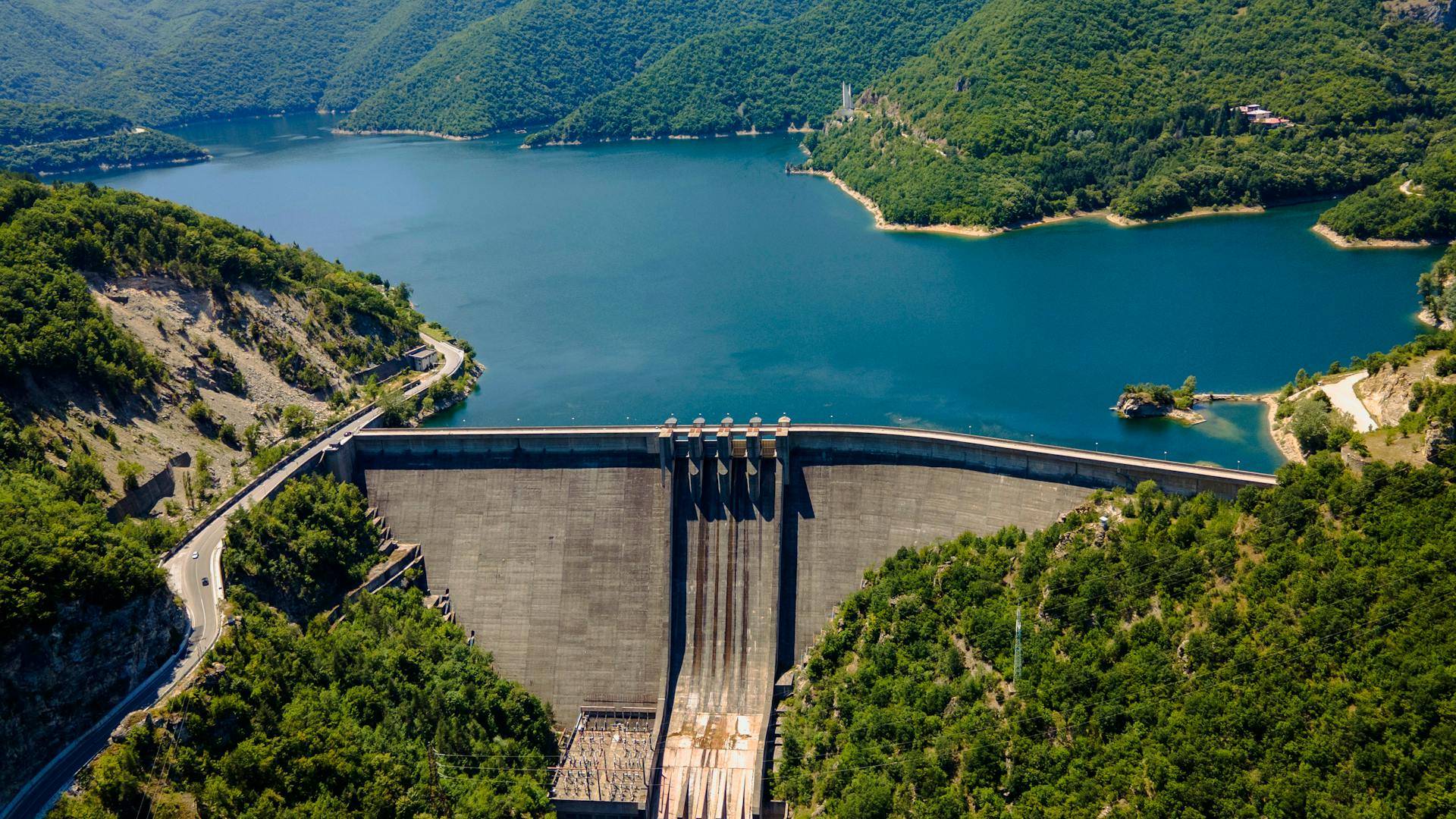From Dry to Thriving: California’s $4.5 Billion Answer to Drought

California has always been a land of extremes — endless sun, fertile valleys, and, of course, relentless battles with drought. But now, a massive $4.5 billion project in the Sacramento Valley is set to change the way the state manages water. Say hello to the Sites Reservoir, one of the largest water infrastructure projects in California in decades.
Why the Sites Reservoir Is Making Waves
This isn’t just another reservoir; it’s a lifeline for communities, farms, and ecosystems struggling through cycles of drought and flood.
Once completed, the Sites Reservoir will have the capacity to store nearly 1.5 million acre-feet of water — enough to supply millions of households or irrigate vast stretches of farmland.
What makes it so groundbreaking is its location and design. Unlike traditional reservoirs, Sites will be an off-stream facility, meaning it doesn’t block a river.
Instead, it will collect and store excess water during heavy rains, which can then be released when California hits its next dry spell.
The economic ripple effect of this project is staggering. Beyond creating thousands of construction jobs, the Sites Reservoir promises a more reliable water supply that can help stabilize California’s agricultural sector — a $50 billion powerhouse that feeds much of the nation.
Environmental advocates are cautiously optimistic. The project aims to balance human needs with ecological preservation, ensuring that enough water is left in rivers to sustain fish and wildlife, especially vulnerable species like salmon that rely on healthy waterways.
This isn’t the dams-and-concrete approach of the past. The Sites Reservoir incorporates modern engineering and advanced water management technology.
Real-time monitoring systems will ensure optimal storage and release, making it a smart reservoir for a state that can no longer rely on old methods in the face of climate change.
Of course, no billion-dollar project is without hurdles. Some environmental groups still worry about habitat disruption and the potential for reduced flows downstream.
Funding has been a complex puzzle, pieced together by state, federal, and local agencies. Yet, the momentum is strong, with groundbreaking anticipated soon.
As climate change intensifies, the Sites Reservoir represents more than just a water project — it’s a symbol of adaptation.
It shows how infrastructure, innovation, and collaboration can come together to solve some of California’s toughest challenges.
Once complete, this mega-project could become a model for other drought-prone regions worldwide.

